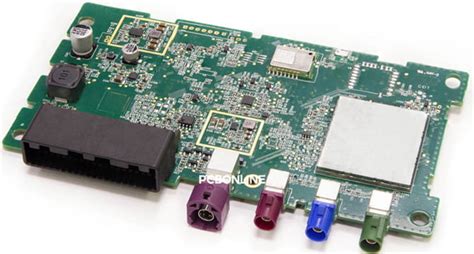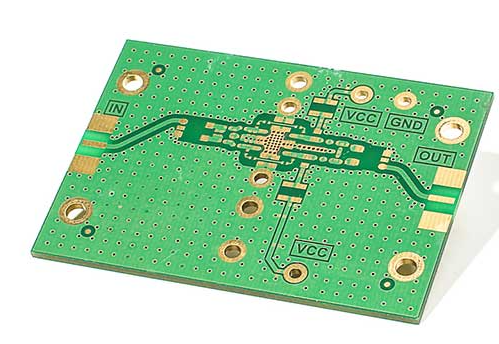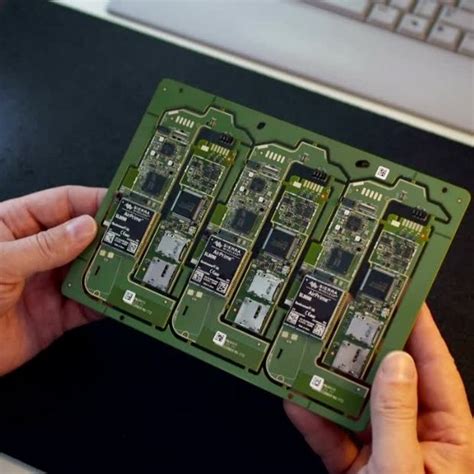9 tips for basic PCB board testing
When testing PCB boards, we should pay attention to some details in order to better ensure product quality. When testing PCB boards, we should pay attention to the following 9 tips.
1.It is strictly forbidden to use grounded test equipment to contact TV, audio, video and other equipment with electrified bottom plate to test PCB boards without an isolation transformer
It is strictly forbidden to use instruments and equipment with grounded shells to directly test TV, audio, video and other equipment without power isolation transformers. Although general recorders have power transformers, when contacting more special TV or audio equipment with large output power or not familiar with the nature of the power supply used, first find out whether the chassis of the machine is electrified, otherwise it is very easy to cause a power short circuit with TV, audio and other equipment with electrified bottom plate, affecting the integrated circuit and causing the fault to expand further.
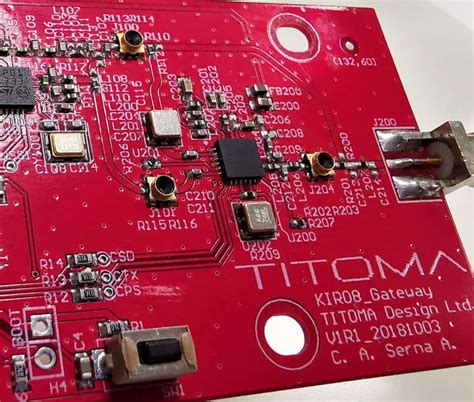
2.When inspecting PCB boards, pay attention to the insulation performance of the soldering iron.
It is not allowed to use the soldering iron with electricity. Make sure that the soldering iron is not charged. It is best to ground the outer shell of the soldering iron. Be more careful with MOS circuits. It is safer to use a low-voltage circuit iron of 6~8V.
3.Understand the working principle of integrated circuits and related circuits before inspecting PCB boards
Before inspecting and repairing integrated circuits, you must first be familiar with the functions, internal circuits, main electrical parameters, functions of each pin, and the normal voltage, waveform and working principle of the circuit composed of peripheral components of the integrated circuit used. If the above conditions are met, analysis and inspection will be much easier.
4.Do not cause short circuits between pins when testing PCB boards
When measuring voltage or testing waveforms with an oscilloscope probe, the test pen or probe should not cause short circuits between integrated circuit pins due to sliding. It is best to measure on the peripheral printed circuit directly connected to the pins. Any momentary short circuit can easily damage the integrated circuit, and you must be extra careful when testing flat-packaged CMOS integrated circuits.
5.The internal resistance of the test instrument for testing PCB boards should be large
When measuring the DC voltage of the integrated circuit pins, a multimeter with a head internal resistance greater than 20KΩ/V should be used, otherwise there will be a large measurement error for some pin voltages.
6.Pay attention to the heat dissipation of the power integrated circuit when testing the PCB board
The power integrated circuit should have good heat dissipation and is not allowed to work in a high-power state without a heat sink.
7.The leads of the PCB board should be reasonable
If it is necessary to add peripheral components to replace the damaged parts inside the integrated circuit, small components should be selected, and the wiring should be reasonable to avoid unnecessary parasitic coupling, especially the grounding terminal between the audio power amplifier integrated circuit and the preamplifier circuit.
8.Ensure the welding quality of the PCB board when testing
When welding, the soldering is indeed firm, and the accumulation and pores of solder are easy to cause cold soldering. The welding time is generally no more than 3 seconds, and the power of the soldering iron should be about 25W with internal heating. The soldered integrated circuit should be carefully checked. It is best to use an ohmmeter to measure whether there is a short circuit between the pins, and confirm that there is no solder adhesion before turning on the power.
9.Do not easily determine the damage of the integrated circuit when testing the PCB board
Do not easily judge that the integrated circuit is damaged. Because most integrated circuits are directly coupled, once a circuit is abnormal, it may cause multiple voltage changes, and these changes are not necessarily caused by the damage of the integrated circuit. In addition, in some cases, when the voltage of each pin is consistent with or close to the normal value, it does not necessarily mean that the integrated circuit is good. Because some soft faults will not cause changes in DC voltage.
10.PCB board debugging method
For the new PCB board that has just been brought back, we must first roughly observe whether there are any problems on the board, such as whether there are obvious cracks, short circuits, open circuits, etc. If necessary, you can check whether the resistance between the power supply and the ground wire is large enough.
For a newly designed circuit board, debugging often encounters some difficulties, especially when the board is relatively large and there are more components, it is often difficult to start. But if you master a set of reasonable debugging methods, debugging will be twice the result with half the effort.
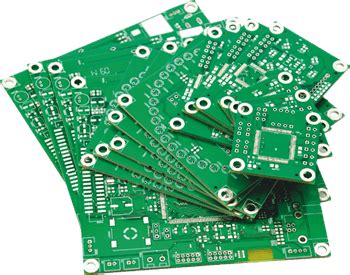
PCB board debugging steps
- For the new PCB board that has just been brought back, we must first roughly observe whether there are any problems on the board, such as whether there are obvious cracks, short circuits, open circuits, etc. If necessary, check whether the resistance between the power supply and the ground wire is large enough.
- Then install the components. If you are not sure that the independent modules are working properly, it is best not to install them all, but install them one by one (for smaller circuits, you can install them all at once), so that it is easy to determine the scope of the fault, so as to avoid being at a loss when encountering problems.
Generally speaking, you can install the power supply part first, and then power on to check whether the power supply output voltage is normal. If you are not very sure when powering on (even if you are very sure, it is recommended that you add a fuse just in case), you can consider using an adjustable regulated power supply with current limiting function.
First preset the overcurrent protection current, then slowly increase the voltage value of the regulated power supply, and monitor the input current, input voltage and output voltage. If there are no problems such as overcurrent protection during the upward adjustment, and the output voltage has reached normal, it means that the power supply part is OK. Otherwise, disconnect the power supply, find the fault point, and repeat the above steps until the power supply is normal.
- Then gradually install other modules. After each module is installed, power it on for testing. Follow the above steps when powering on to avoid overcurrent and burnt components due to design errors or/and installation errors.
Ways to find faulty PCB boards - Find faulty PCB boards by measuring voltage
First, check whether the voltage of each chip power pin is normal. Secondly, check whether various reference voltages are normal. In addition, check whether the working voltage of each point is normal. For example, when a general silicon triode is turned on, the BE junction voltage is about 0.7V, while the CE junction voltage is about 0.3V or less. If the BE junction voltage of a triode is greater than 0.7V (except for special triodes, such as Darlington tubes, etc.), it may be that the BE junction is open. - Find faulty PCB boards by signal injection method
Add the signal source to the input end, and then measure the waveform of each point in turn to see if it is normal to find the fault point. Sometimes we also use simpler methods, such as holding a pair of tweezers in hand to touch the input end of each level to see if there is a response at the output end. This is often used in audio, video and other amplification circuits (but note that this method cannot be used for hot bottom board circuits or high voltage circuits, otherwise it may cause electric shock). If there is no response when touching the previous level, but there is a response when touching the next level, it means that the problem lies in the previous level and should be checked. - Other methods of finding faulty PCB boards
There are many other ways to find fault points, such as looking, listening, smelling, touching, etc.
“Looking” means to see if there is obvious mechanical damage to the components, such as cracks, burning, deformation, etc.;
“Listening” means to listen to whether the working sound is normal, such as something that should not be ringing is ringing, the place that should be ringing is not ringing or the sound is abnormal, etc.;
“Smelling” means to check whether there is any odor, such as the smell of burning, the smell of capacitor electrolyte, etc. For an experienced electronic maintenance personnel, these odors are very sensitive;
“Touching” means to use your hands to test whether the temperature of the device is normal, such as too hot or too cold.
Some power devices will generate heat when they are working. If they feel cold to the touch, it can be basically judged that they are not working. But if the place that should be hot is hot or the place that should be hot is too hot, it is not good. General power transistors, voltage regulator chips, etc., can work below 70 degrees without any problem. What is the concept of 70 degrees? If you press your hand on it and can hold it for more than three seconds, it means that the temperature is probably below 70 degrees (note that you should touch it tentatively first, and be sure not to burn your hand).

